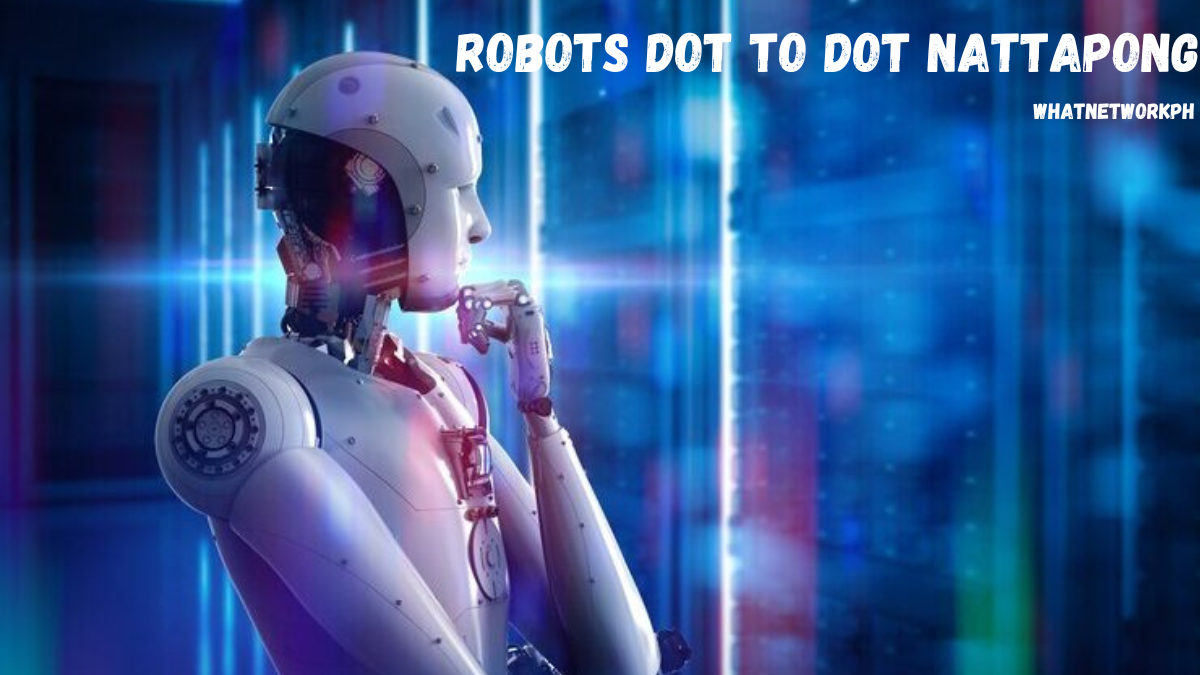In the ever-evolving landscape of technological advancements, the concept of “robots dot to dot nattapong” emerges as a fascinating topic of interest. This innovative approach merges creativity with technology, offering an engaging way to explore the world of robots through the lens of dot-to-dot activities. In this article, we will delve deep into the intricacies of “robots dot to dot nattapong,” exploring its significance, applications, and the exciting prospects it holds for enthusiasts and educators alike.
What is “Robots Dot to Dot Nattapong”?
“Robots dot to dot nattapong” is a unique fusion of art and technology, where dot-to-dot activities are used to create intricate images of robots. This method not only enhances cognitive skills but also stimulates creativity and imagination. The term “Nattapong” refers to the specific style or approach used in these dot-to-dot creations, characterized by its precision and attention to detail.
The Evolution of Dot-to-Dot Activities
Dot-to-dot activities have been a staple in children’s educational materials for decades. These activities involve connecting numbered dots to reveal a hidden image, fostering number recognition, hand-eye coordination, and fine motor skills. However, with the advent of technology, dot-to-dot activities have evolved into more complex and engaging forms, such as “robots dot to dot nattapong.”
Also Read: Fapello The Ultimate Guide to Understanding Its Impact and Usage
The Role of “Robots Dot to Dot Nattapong” in Education
Enhancing STEM Learning
Incorporating “robots dot to dot nattapong” into educational curriculums can significantly enhance STEM (Science, Technology, Engineering, and Mathematics) learning. By combining artistic expression with technological concepts, students can develop a deeper understanding of robotics and engineering principles. This hands-on approach fosters critical thinking and problem-solving skills, making STEM subjects more accessible and enjoyable.
Promoting Creativity and Imagination
“Robots dot to dot nattapong” not only stimulates cognitive skills but also promotes creativity and imagination. As students connect the dots to form intricate robot images, they engage in a creative process that encourages them to think outside the box. This activity provides a platform for self-expression and innovation, nurturing the next generation of inventors and creators.
Applications of “Robots Dot to Dot Nattapong”
Educational Tools and Resources
Robots dot to dot nattapong‘s can be utilised as an educational tool in classrooms, homeschooling environments, and extracurricular programs. Teachers can incorporate these activities into lesson plans to make learning more interactive and enjoyable. Additionally, educational publishers can develop dedicated workbooks and digital resources to support this innovative approach.
Therapeutic Benefits
Beyond education, robots dot to dot nattapong’s offers therapeutic benefits for individuals of all ages. Engaging in dot-to-dot activities can serve as a form of relaxation and stress relief, promoting mindfulness and mental well-being. This therapeutic aspect makes it a valuable tool for occupational therapists and mental health professionals.
Creating Your Own “Robots Dot to Dot Nattapong” Masterpieces
Step-by-Step Guide
- Gather Your Materials: To create your own robots dot to dot nattapong’s artwork, you will need graph paper, a pencil, and a reference image of a robot.
- Plot the Dots: Begin by plotting the dots on the graph paper, ensuring they correspond to the key features of the robot image.
- Connect the Dots: Carefully connect the dots in numerical order, watching as the robot image gradually takes shape.
- Add Details: Once the basic outline is complete, add additional details and embellishments to bring your robot to life.
- Color and Finalize: Use colored pencils or markers to add color and finalize your masterpiece. Experiment with different color schemes to make your robot unique.
Digital Tools and Software
For those who prefer a digital approach, various software and applications are available to create robots dot to dot nattapong’s artwork. These tools offer features such as customizable dot grids, automated dot plotting, and digital coloring options, making the creative process more accessible and convenient.
The Future of “Robots Dot to Dot Nattapong”
As technology continues to advance, the future of robots dot to dot nattapong’s looks promising. With the integration of augmented reality (AR) and virtual reality (VR), these activities can become even more immersive and interactive. Imagine connecting dots in a virtual space, where the robot comes to life in three dimensions, providing an unparalleled learning and creative experience.
FAQs
Q: What age group is suitable for robots dot to dot nattapong‘s activities?
A: Robots dot to dot nattapong’s activities are suitable for a wide range of age groups. Simple designs can be enjoyed by young children, while more complex patterns can challenge older students and adults.
Q: Can robots dot to dot nattapong’s be used for team-building activities?
A: Yes, robots dot to dot nattapong’s can be an excellent team-building activity. Collaborative projects encourage teamwork, communication, and problem-solving skills.
Q: Are there online resources for “robots dot to dot nattapong”?
A: Numerous online platforms offer resources, templates, and tutorials for “robots dot to dot nattapong’s.” These resources can help both beginners and advanced users explore this creative activity.
Conclusion
Robots dot to dot nattapong’s represents a fascinating blend of art and technology, offering numerous benefits for education, creativity, and mental well-being. By embracing this innovative approach, we can inspire a new generation of learners and creators, fostering a deeper appreciation for the world of robotics and engineering.


